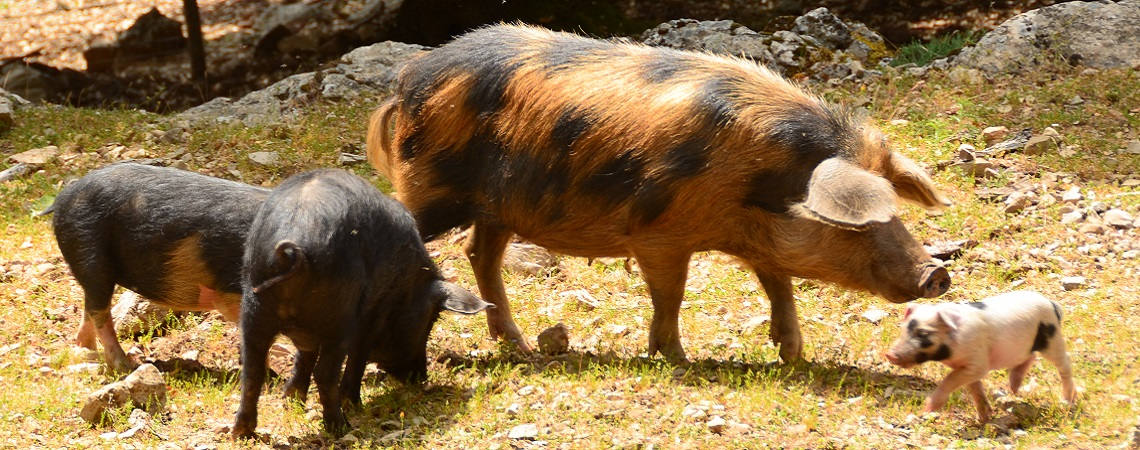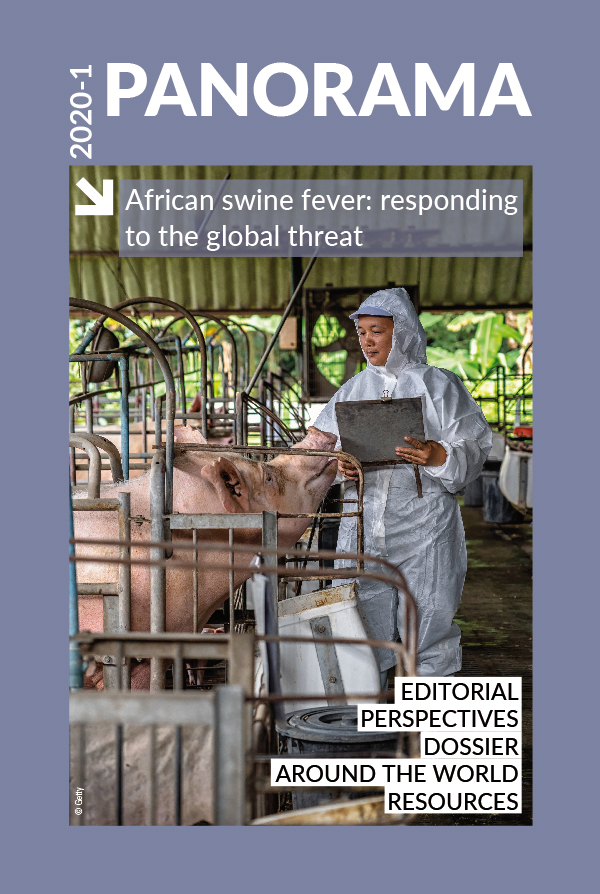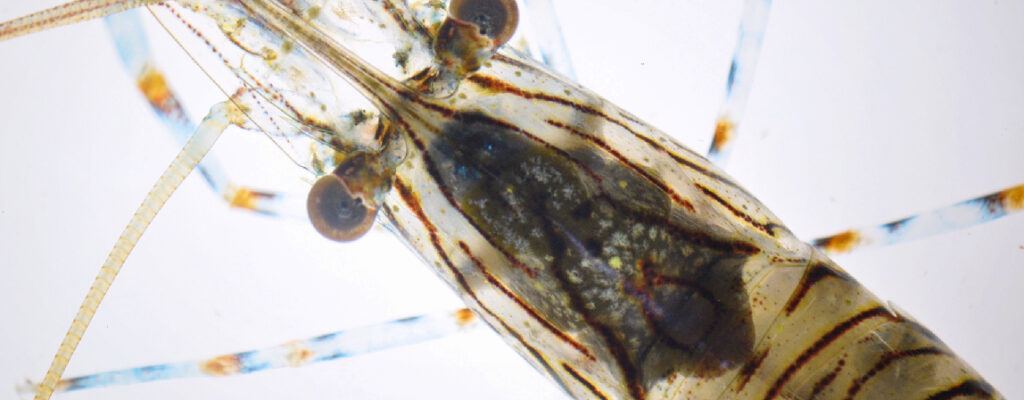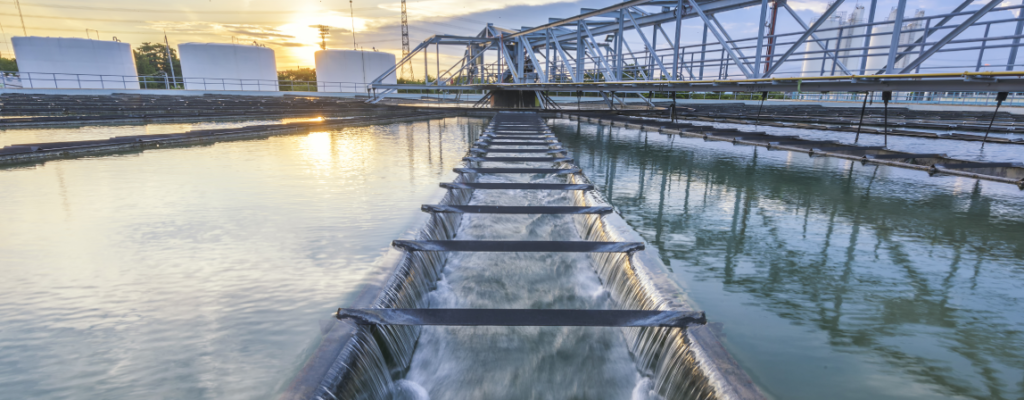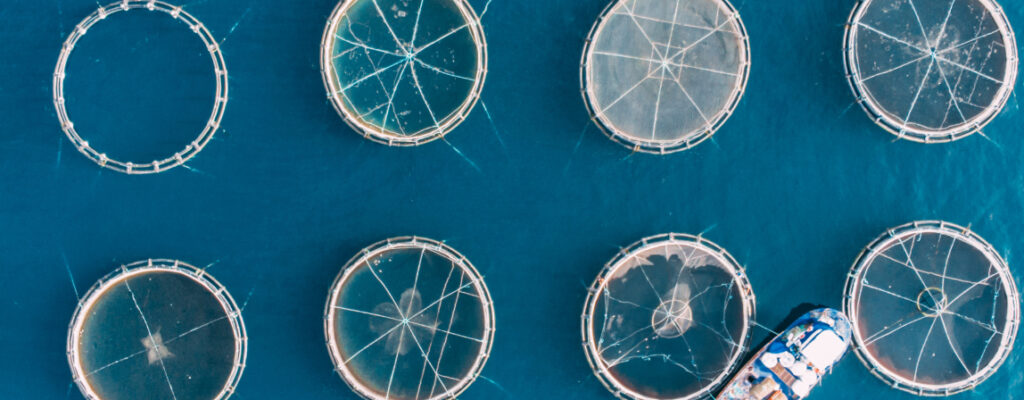Around the world Posted on 2020-07-07 11:00:40
Success stories
The last mile in the eradication of ASF in Sardinia
Keywords
Authors
Alberto Laddomada, Direttore Generale, Istituto Zooprofilattico Sperimentale della Sardegna, Sassari, Italy.
The designations and denominations employed and the presentation of the material in this article do not imply the expression of any opinion whatsoever on the part of the OIE concerning the legal status of any country, territory, city or area or of its authorities, or concerning the delimitation of its frontiers and boundaries.
The views expressed in this article are solely the responsibility of the author(s). The mention of specific companies or products of manufacturers, whether or not these have been patented, does not imply that these have been endorsed or recommended by the OIE in preference to others of a similar nature that are not mentioned.
Until recently, any attempt to eradicate the disease encountered strong resistance from local farmers, who considered this traditional way of keeping pigs as part of their cultural identity. Despite free-ranging pigs posing a constant threat to domestic pigs, preventing disease on high-biosecurity farms has almost always been successful, but this task has been much more difficult on backyard farms [2].
The new programme
In 2015, a new ASF eradication strategy (EP-ASF-15-18) was implemented under the authority of the ‘Project Unit’, a body that was fully empowered by the Regional Government and comprised the heads of several branches and bodies of the regional administration, alongside national, regional and local Veterinary Services and experts. Based to a large extent on conventional veterinary measures adapted to the local situation, the new strategy favoured financial incentives for good husbandry practices and biosecurity over compensation to affected farmers. It also considered the socio-economic and cultural aspects associated with ASF occurrence [3]. Veterinary controls were strengthened all along the pig production chain in an increasingly rigorous manner. More stringent rules were applied to hunting, including safe disposal of wild boar offal. Control measures were accompanied by very intensive education, awareness and communication activities, targeted at farmers, hunters and the rural population. Open-air, double-fenced pig farms were authorised and subsidised, as an alternative to keeping free-ranging pigs. However, almost 5,000 free-ranging pigs had to be culled during some 60 military-type actions carried out from November 2015 [2].
The current situation can be summarised as follows:
- Domestic pigs: The actions taken have led to decreasing numbers of outbreaks on domestic pig farms, with the last outbreak occurring in September 2018.
- Free-ranging pigs: Evidence gathered over the last few years indicates that free-ranging pigs acted as the main source and reservoir of ASFV; this information helped to overcome resistance to the culling of free-ranging pigs.
- Wild boar: A large amount of data suggests that, in Sardinia, ASFV does not persist in wild boar alone for more than a few years if the boar are not re-infected by free-ranging pigs or domestic pigs.

Complete eradication will most likely be achieved in the near future
The very favourable ASF situation in Sardinia after the implementation of the new programme is summarised in Table I.
Table I. African swine fever (ASF) situation in Sardinia
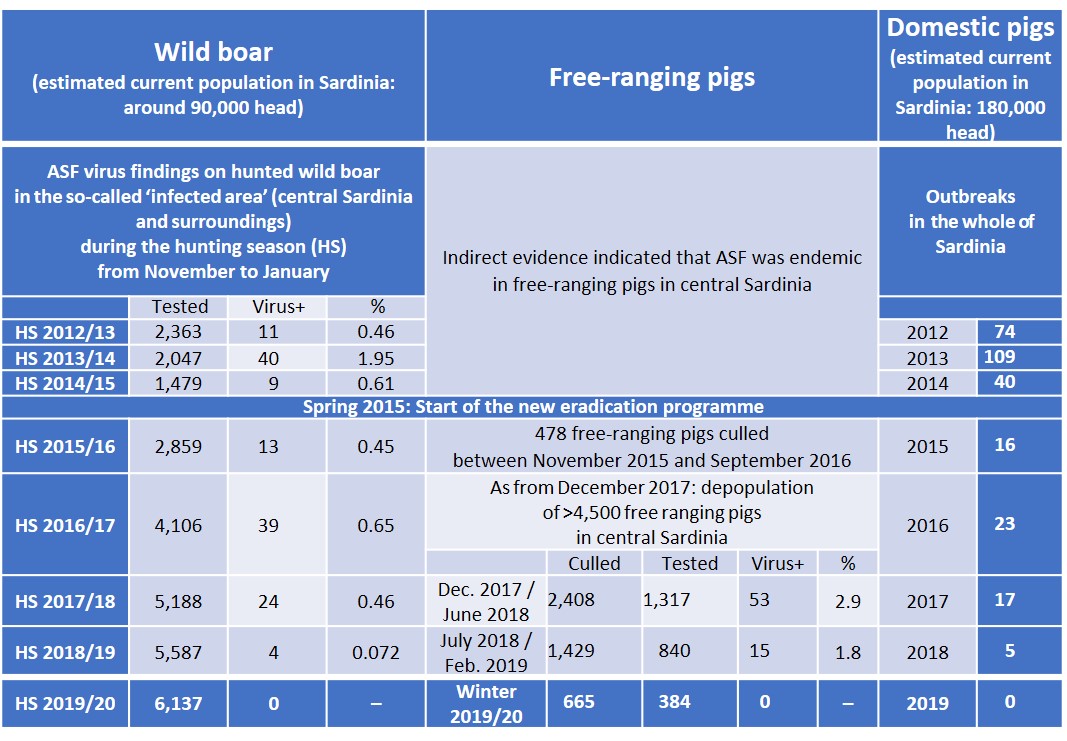
It is possible that ASFV may be occurring at very low levels in wild boar in some remote areas, as decreasing numbers of seropositive wild boar are still found. However, these seropositive wild boar do not appear to play a significant epidemiological role, and the path towards eradication is very clear.
♦ Complete eradication will most likely be achieved in the near future, provided that current measures are continued.
Acknowledgements
The author wishes to thank all those who, together, have achieved the excellent results briefly summarised in this paper: farmers and hunters, the Regional Government and Administration of Sardinia, the Ministry of Health, Sardinian Veterinary Services, Forest Guards, and the Regional Agencies for Agricultural Development (Laore), and, for the forests, the University of Sassari, the Istituto Zooprofilattico Sperimentale dell’Umbria e delle Marche, and the Istituto Zooprofilattico Sperimentale della Sardegna.
http://dx.doi.org/10.20506/bull.2020.1.3132
References
- Mur L., Atzeni M., Martínez-López B., Feliziani F., Rolesu S. & Sanchez-Vizcaino J.M. (2016). – Thirty-five-year presence of African swine fever in Sardinia: History, evolution and risk factors for disease maintenance, Transbound. Emerg. Dis., 63 (2), e165-77. https://doi.org/10.1111/tbed.12264.
- Loi F., Cappai S., Coccollone A. & Rolesu S. (2019). – Standardized risk analysis approach aimed to evaluate the last African swine fever eradication program performance, in Sardinia. Front. Vet. Sci., 6, 299. https://doi.org/10.3389/fvets.2019.00299.
- Loi F., Laddomada A., Coccollone A., Marrocu E., Piseddu T., Masala G., Bandino E., Cappai S. & Rolesu S. (2019). – Socio-economic factors as indicators for various animal diseases in Sardinia. PLoS One, 14 (6), e0217367. https://doi.org/10.1371/journal.pone.0217367.
- Laddomada A., Rolesu S., Loi F., Cappai S., Oggiano A., Madrau M.P., Sanna M.L., Pilo G., Bandino E., Brundu D., Cherchi S., Masala S., Marongiu D., Bitti G., Desini P., Floris V., Mundula L., Carboni G., Pittau M., Feliziani F., Sanchez-Vizcaino J.M., Jurado C., Guberti V., Chessa M., Muzzeddu M., Sardo D., Borrello S., Mulas D., Salis G., Zinzula P., Piredda S., De Martini A. & Sgarangella F. (2019). – Surveillance and control of African swine fever in free-ranging pigs in Sardinia. Transbound. Emerg. Dis., 66 (3), 1114–1119. https://doi.org/10.1111/tbed.13138.




